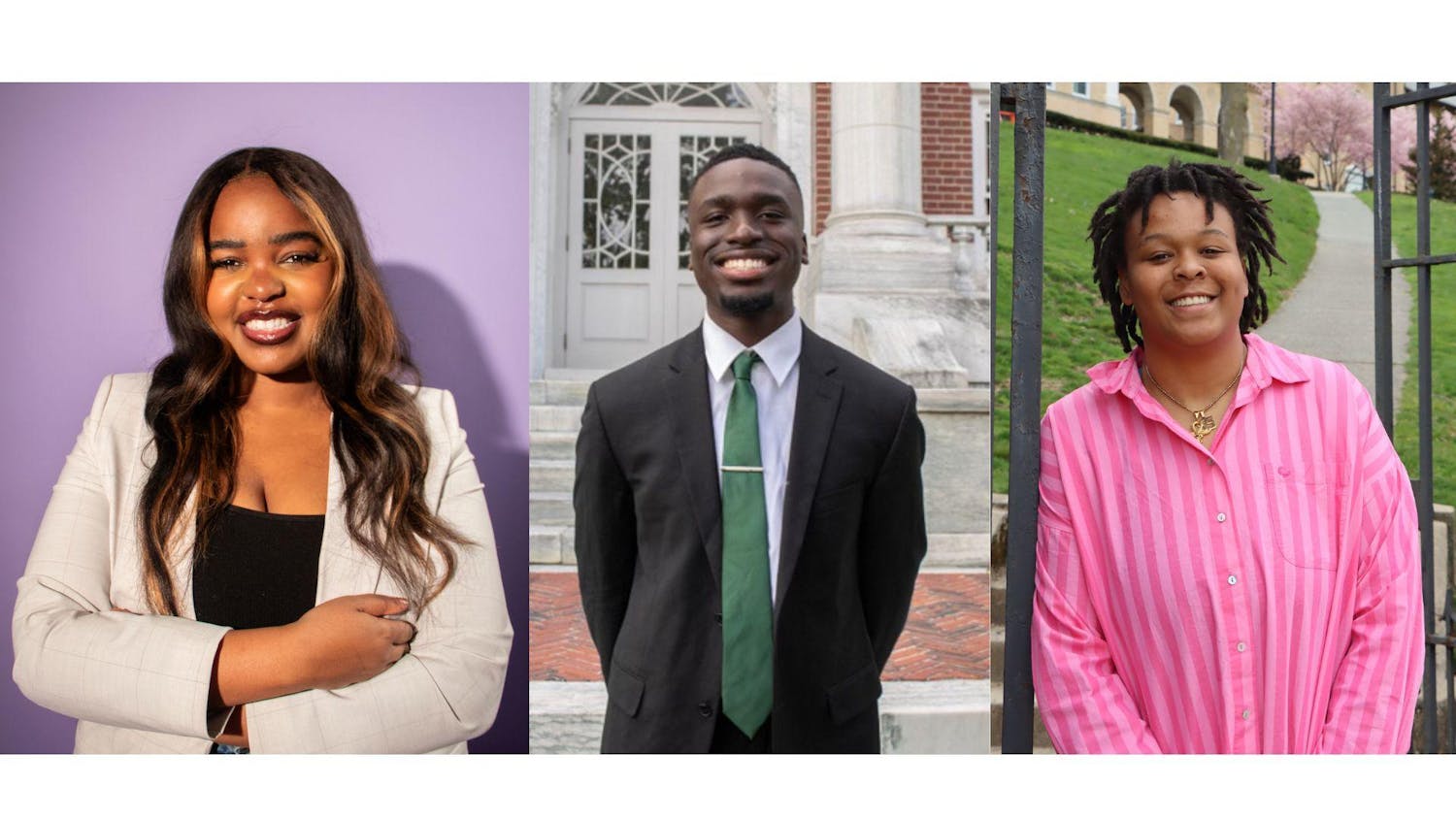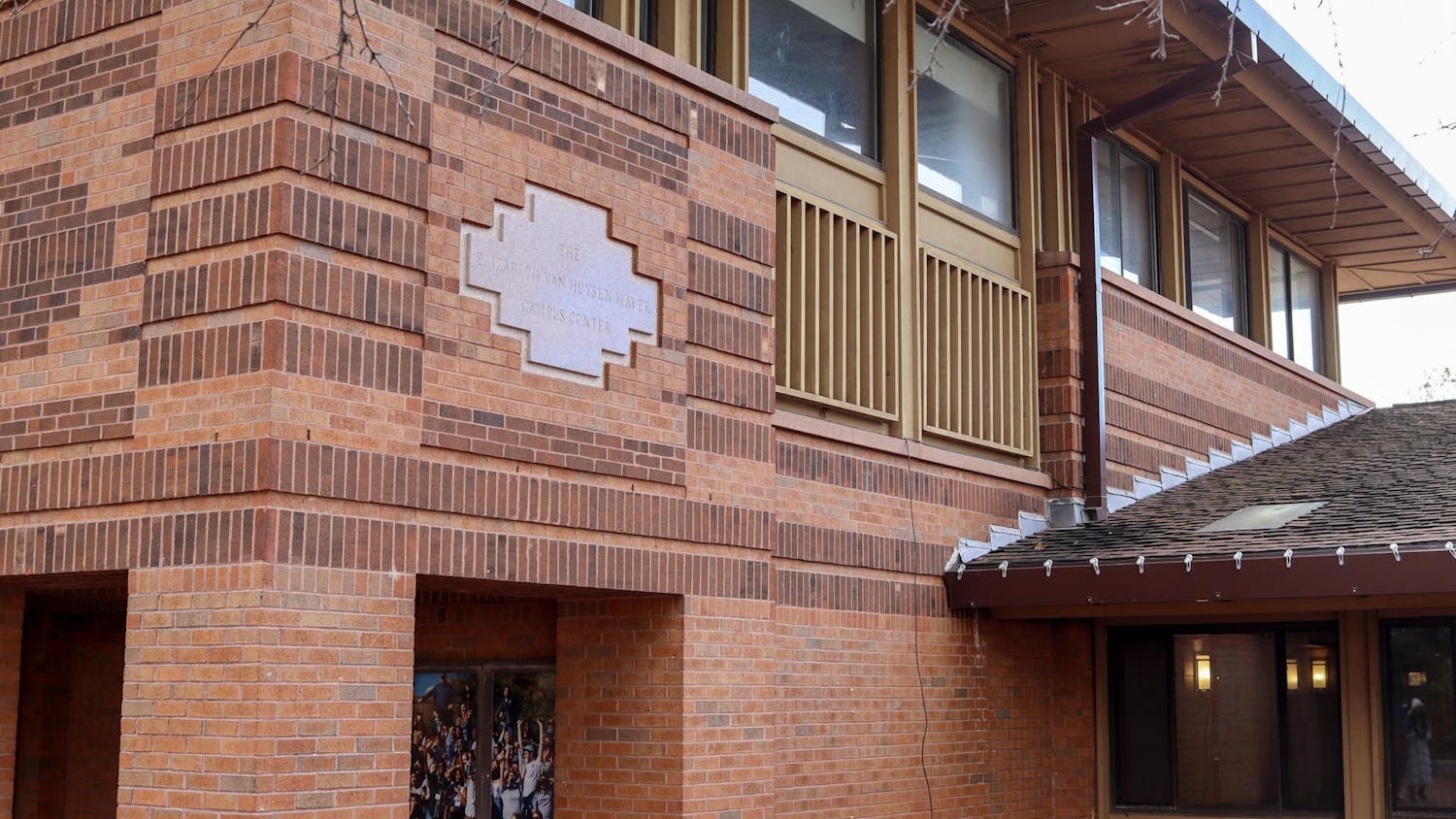The new Film and Media Studies (FMS) major will be open to students this fall as an expansion of the Communications and Media Studies (CMS) minor.
According to FMS Co-Director Malcom Turvey, all of the courses offered in CMS are still available in the 12-course FMS major.
The major will include core courses taught by Turvey, such as “Art of the Moving Image” and “Global History of Cinema,"as well as a media theory requirement, Director of the Experimental College Howard Woolf said.
Faculty have been exploring the creation of a FMS major for the last 10 or 15 years, Woolf said. Interest increased around three and a half years ago, when a planning committee was formed to structure the new major.
According to Woolf, the trigger for forming the FMS major was a group of alumni's endowment of a chair in honor of University Professor and former Provost Sol Gittleman, creating the Sol Gittleman Professorship in Film and Media Studies. Turvey became the first Sol Gittleman Professor in December last year, and the detailed planning of the major was presented to the faculty and approved in May.
Student interest was also one of the driving forces in starting a film and media studies major, FMS Co-Director Julie Dobrow said.
“What we hear from our colleagues at the admission office is that this is a huge area of interest for prospective students,” Dobrow said.
Student interest for new classes or a new major is always hard to gauge, Woolf said. However, the popularity of both the CMS minor and film studies courses in recent years has indicated that the new major would be popular as well.
“I think if you come back five years from now [FMS is] going to be one of the more popular majors on campus, but it’ll take time,” Woolf said.
According to Dobrow, the new major will provide a balanced education in film and media studies including history, non-U.S. film and media, as well as how to make media.
The diverse requirements are intended to show students the available options before they decide to specialize, Turvey said.
“The idea is to really expose students in those first few core courses to the [variety] of media and approaches to them so that students can then make an informed decision as to what areas of film and media studies they themselves want to concentrate on,” Turvey said.
According to Turvey, the major has been designed to appeal to a diverse range of interests, from journalism to film studies to media practice.
“There isn’t one rigid way for doing the FMS major or minor,” he said. “We have really tried to design it to be as flexible as possible so that students who have a particular interest can really focus in on their interest.”
A new FMS minor will also take the place of the current CMS minor, Dobrow explained.
“For students who started with CMS minor – primarily this year’s senior and junior class – CMS will still exist and they will be able to finish off the minors the way they started them,” Dobrow said. “But for this year’s sophomore and first-year classes we have a newly designed Film and Media Studies minor which is going to absorb what CMS had been.”
The change in the name of the program from "Communications and Media Studies" to "Film and Media Studies" does not reflect narrower options for students, Dobrow emphasized.
“For students who are interested in things on the media side, such as journalism, marketing or media studies, there is still going to be plenty of opportunity to pursue that, as well as for students who are interested in either film theory, film aesthetics or film production," she said. “I think that is something that hasn’t changed.”
The decision to combine media and film in the new major was an intentional choice made by the faculty planning committee, Dobrow explained.
“Because [different kinds of] media are increasingly converging, we didn’t think that we needed to have two separate majors,” Dobrow said. “We thought that what made the most sense was to have an integrated film and media studies major.”
According to Woolf, the combination of media and film reflects the changing culture.
“It used to be that media and film were very separate,” he said. “Film and media are two different fields academically, but students don’t see [them that way]. [Students are] growing up in a society where those barriers [between media and film] are dropping by the moment.”
There will be a kick-off event to celebrate the new major on Oct. 30, Dobrow said.
The department will celebrate the new major with workshops from alumni in film, television, social media and journalism that will be open to students, according to Dobrow. In addition, there will be film screenings and an opening talk from Heather Hendershot, a professor of media and film at the Massachusetts Institute of Technology.
Students such as senior Jennifer Gewant have expressed interest in pursuing the Film and Media Studies major.
“There’s nothing else like it,” Gewant said. “The method and study behind the way that moving images appear in our society is important [in order] to be a media-literate person.”
More from The Tufts Daily
Meet the three TCU Senate presidential candidates
By
Julieta Grané and Josue Perez
| April 23





